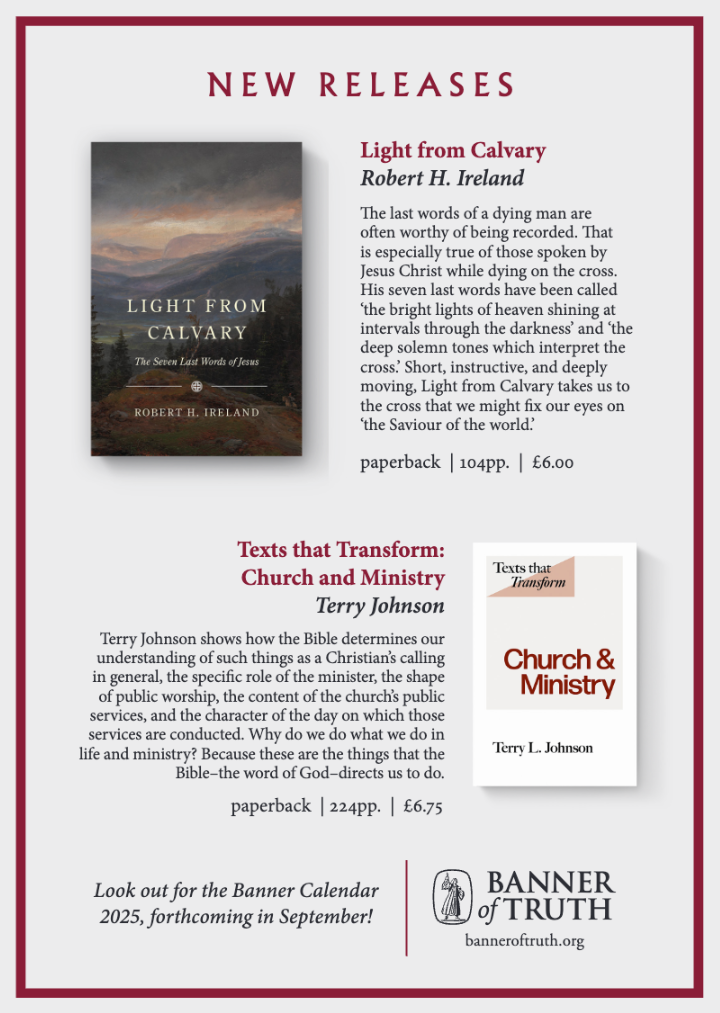David Brunn
IVP Academic
206, £11.99
ISBN: 978-1-84474-626-2
Star Rating: 3
Bible translation is a contentious subject. Dave Brunn spent several years translating the Scriptures into the language of one of the peoples of Papua New Guinea. He is now director of education for New Tribes Mission Missionary Training Centre in Missouri, USA.
He is committed to the inspiration and inerrancy of the whole of Scripture. He is thus well qualified to discuss the subject of his book: whether Bible translators should aim for a ‘literal’ translation.
It is important to understand precisely what question Brunn sets out to answer in his book (the title of which gives little away in that respect). He does not seek to determine which of the various available English translations is the best. Nor is this a more academic work, examining the merits of different translation philosophies.
Brunn wants to examine how English language Bible translators actually translate the text. Do translations which claim to be literal in fact achieve that goal? And is literalness a good aim for a Bible translation anyway?
Brunn compares translations of words and phrases in the NASB, KJV, NKJV, NIV (2011) and ESV, among others. He describes his surprise at finding that English translations that claim to be more literal sometimes translate in a non-literal fashion where other, ‘thought-for-thought’ translations give more literal renderings.
His examples show that ‘dynamic equivalence’ versions, such as the NIV, sometimes produce a more literal translation than the versions that aim to be more literal, such as the ESV.
This is all quite interesting and perhaps quite predictable. Brunn goes further, however, and argues that the multitudes of examples that he gives demonstrate that the goal of word-for-word literal translation cannot in fact be achieved and should be dropped.
He strengthens his argument by extending the debate beyond English language translations, drawing on his own translation experience in PNG. Many languages, he says, are so different from the original languages of the Bible that word-for-word translation is really out of the question.
Does this not indicate, he argues, that that approach is not the best one and that some kind of thought-for-thought approach is required instead?
This is a thought-provoking book, as far as it goes. Brunn is right to point out the limitations of word-for-word approaches to translation and clearly believes, perhaps correctly, that many English-speaking Christians severely underestimate the difficulties of translation.
He does not, however, address the argument that a more literal approach may still be helpful for the translation of technical terms, and where an author seems to be deliberately quoting or recalling a work, phrase or passage from another part of Scripture.
But, overall, the book does a good job of demonstrating that no Bible translation can really live up to the claim of being ‘literal’. It should cause us to think carefully about how the Word of God can best be rendered in other languages.
Robert Strivens
London







